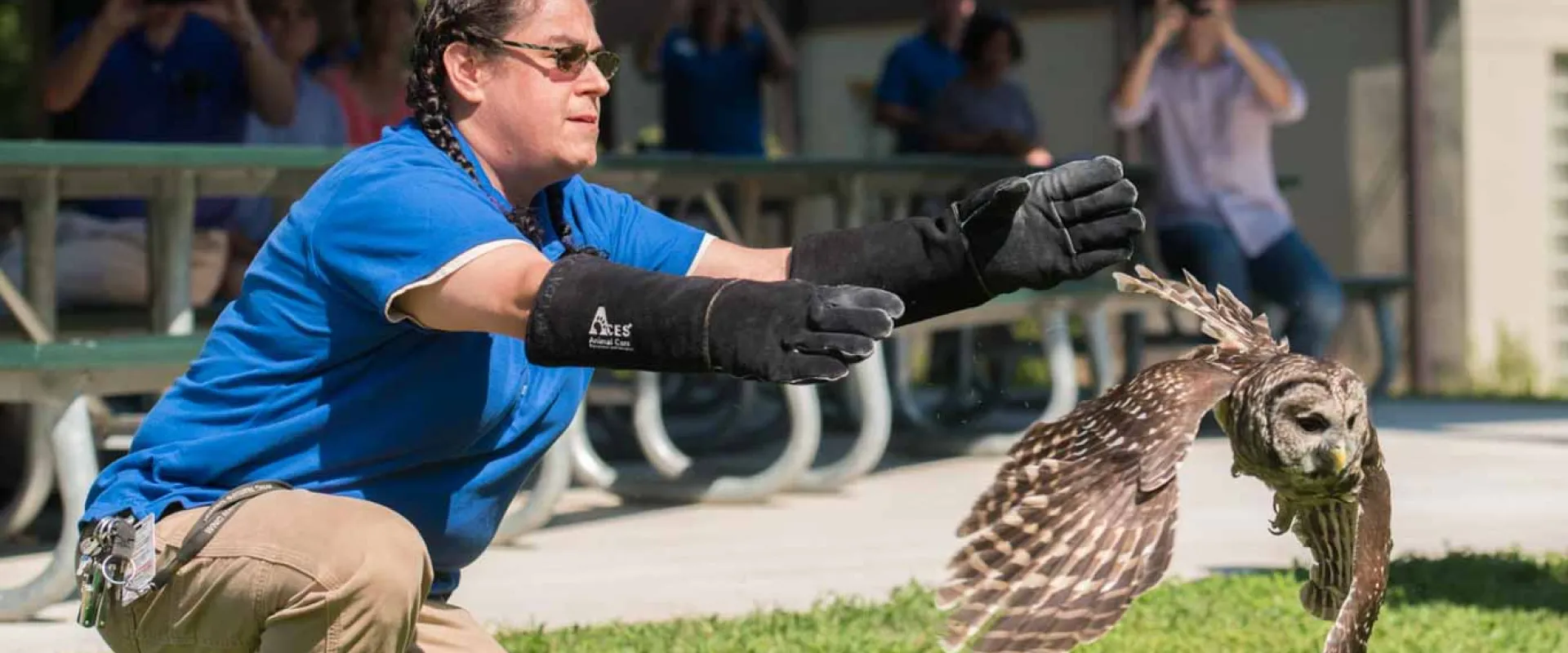Effective Strategies for Animal Control Burlington: Keeping Your Property Safe
Effective Strategies for Animal Control Burlington: Keeping Your Property Safe
Blog Article
The Function of Humane Wild Animals Removal in Protecting Resident Ecosystems
Humane wildlife elimination is not merely an honest consideration however a critical component in protecting local environments. By prioritizing non-lethal techniques, it resolves the delicate equilibrium in between human development and wildlife environment conservation.
Recognizing Human-Wildlife Disputes
Human-wildlife disputes usually occur when the natural habitats of pets intersect with human tasks, bring about competitors for resources and room. As urbanization and agricultural growth remain to encroach upon wild animals areas, pets such as raccoons, prairie wolves, and deer find themselves in closer proximity to human populations. This proximity can cause destructive influence on both wild animals and people, as pets might cause damage to plants, framework, and individual home while human beings might inadvertently harm wild animals via environment devastation and various other anthropogenic stress.
The intricacy of these problems originates from an array of elements. Changes in land usage, climate adjustment, and the fragmentation of environments typically compel wild animals to adapt to brand-new atmospheres, occasionally leading them right into industrial or residential areas. In addition, the availability of human-generated food sources, such as waste and pet food, can attract wildlife to human negotiations, aggravating communications and possible disputes.
Dealing with human-wildlife disputes requires a nuanced understanding of animal behavior, ecological dynamics, and socio-economic factors to consider. By studying these preservationists, interactions and policymakers can establish techniques that aim to alleviate problems while maintaining biodiversity and keeping environmental balance. The objective is to cultivate conjunction and decrease adverse influence on both human areas and wildlife populaces.
Significance of Non-Lethal Techniques
Alleviating human-wildlife disputes requires approaches that focus on the wellness of both pets and people. Non-lethal techniques of wildlife elimination embody this values by offering services that protect against damage to wild animals while addressing human worries. These methods consist of exemption strategies, environment alteration, and the use of deterrents to prevent wild animals from going into human atmospheres (burlington animal control). By using such approaches, we can manage wildlife interactions without considering dangerous measures, therefore preserving animal populations and minimizing moral concerns related to killing.
These approaches typically prove a lot more effective in the lengthy term, as getting rid of individual animals can develop a void that is swiftly loaded by other participants of the types or different types altogether. This can lead to a cycle of ongoing elimination initiatives, whereas non-lethal deterrents address the root creates of wildlife visibility.
In addition, non-lethal approaches foster coexistence by educating the general public concerning wild animals habits and motivating unified living methods. This understanding can lead to more sustainable human-wildlife communications, eventually protecting both area interests and pet well-being.
Advantages for Biodiversity
When non-lethal wild animals removal techniques are used, they contribute significantly to biodiversity preservation. By guaranteeing the safe moving of animals instead of their elimination, these methods maintain environmental balance and safeguard the stability of ecosystems. Gentle approaches decrease disruptions to neighborhood animals, allowing native types to grow. This preservation is crucial as each types plays a distinct function, often as pollinators, killers, or victim, which collectively maintain environment capability.

Furthermore, these methods cultivate conjunction in between people and wildlife, lowering adverse communications and maintaining the rich tapestry of life that identifies biodiverse areas. This approach motivates a deeper understanding and regard for wildlife, promoting community support for preservation initiatives. straight from the source Eventually, gentle wildlife elimination is an essential element in securing biodiversity, making certain ecosystems remain vivid and practical for future generations.
Methods for Effective Removal
Executing effective strategies for gentle wild animals elimination needs a thorough understanding of animal behavior and environment demands. This expertise serves as the structure for developing techniques that make sure the moral and secure moving of wildlife.
An why not check here additional essential method is employing exclusion methods, which concentrate on securing entrance indicate stop animals from returning to frameworks. This technique not just attends to the immediate problem however additionally offers as a long-term remedy, minimizing future conflicts in between people and wild animals. Additionally, using non-toxic deterrents and repellents can encourage pets to abandon areas voluntarily, complementing other removal initiatives.
Capture and relocation ought to constantly be a last hope, used just when pets pose a direct threat or are not able to leave by themselves. In such situations, utilizing humane traps and ensuring the launch of animals in ideal environments are important to safeguarding their welfare. Collaboration with wild animals professionals and adherence to legal laws better improve the performance of these methods.

Supporting Conjunction in Urban Areas
Promoting conjunction in city areas needs a diverse strategy that balances human development with the needs of regional wild animals. Urban planners and policymakers must incorporate green areas, such as parks and wildlife corridors, into city layouts to give habitats for native varieties. animal control Burlington.
Education and recognition campaigns are critical in cultivating a culture of coexistence. Citizens require to understand the significance of wild animals and the function they play in neighborhood ecosystems. Workshops and informative sessions can furnish areas with knowledge on just how to minimize disputes, such as safeguarding trash and using humane deterrents to protect against wildlife breach.
Moreover, technology can play a considerable role in promoting conjunction. Making use of wildlife tracking systems, as an example, can assist track animal activities and notify metropolitan preparation decisions. Collaborations between ecological organizations, regional governments, and neighborhood teams can better strengthen these efforts, guaranteeing that metropolitan advancement advances sustainably while valuing the ecological balance.
Final Thought
Humane wildlife removal is crucial for preserving environmental balance and biodiversity by using non-lethal methods that decrease injury to pet websites populations. Understanding human-wildlife conflicts and carrying out methods such as exclusion methods and environment adjustment can successfully manage these encounters. Such approaches sustain the conservation of native types and their environments, improving neighborhood engagement and understanding. Ultimately, promoting conjunction in city locations promotes a harmonious partnership in between people and the native environment, making sure lasting ecological communities for future generations.
As urbanization and agricultural development proceed to trespass upon wild animals territories, animals such as deer, raccoons, and prairie wolves locate themselves in closer proximity to human populaces. Non-lethal methods of wildlife elimination embody this values by offering services that protect against injury to wild animals while resolving human concerns. By using such strategies, we can handle wild animals communications without resorting to lethal procedures, consequently preserving animal populations and reducing moral concerns connected with murder.
Applying effective strategies for humane wildlife elimination calls for an extensive understanding of pet behavior and environment demands.Humane wildlife removal is necessary for maintaining environmental balance and biodiversity by utilizing non-lethal techniques that reduce harm to pet populaces.
Report this page